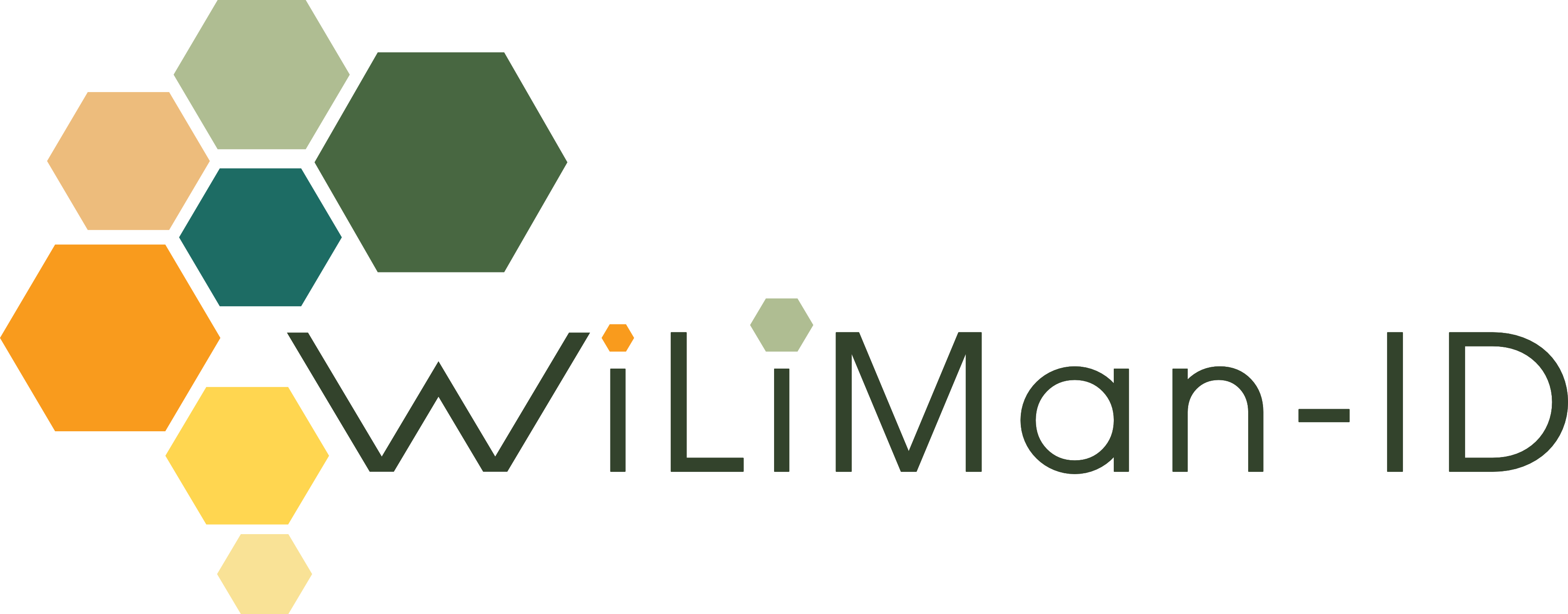Animal Infectious Diseases
WiLiMan-ID focuses on five animal infectious diseases (IDs) that are ranked as high priority by the EU.

Pathosystems and scales considered (pathogen, host, community of host and territory)
1. Avian influenza (AI) is a highly contagious viral disease affecting several food-producing poultry species, companion and wild birds, worldwide. Humans and other mammals may occasionally contract AI, potentially representing the first step towards a new pandemic.
2. African swine fever (ASF) is a non-zoonotic viral disease of domestic and wild pigs, responsible for devastating economic losses. ASF can be transmitted by live animal contacts or carcasses, soft ticks (various Ornithodoros species), and pork products.
3. West Nile fever (WNF) is a mosquito-borne viral disease causing from asymptomatic up to severe, and even fatal illness in infected humans and horses. The WN virus (WNV) is maintained by cycling through birds and mosquitoes and is sporadically transmitted to mammals. It shares many features with the Usutu virus (USUV), which will be studied in certain parts of the project as a co-infecting agent.
4. African horse sickness (AHS) is a non-zoonotic, highly infectious and deadly disease commonly affecting horses, mules, donkeys, and zebras. Elephants, camels, and dogs can also be infected, but often asymptomatically. The virus is transmitted by various Culicoides species (biting midges) and occasionally by mosquitoes.
5. Chronic wasting disease (CWD) is a fatal, transmissible spongiform encephalopathy (TSE) affecting various species of the deer family that recently emerged in Northern Europe. CWD is caused by prions that share many features with viruses (e.g. natural or sporadic transmission within and between species, capacity to adapt and ‘mutate’ in changing environments). Yet, more information is needed to determine the potential for CWD to spread to other animal species and to determine its putative zoonotic risk.
